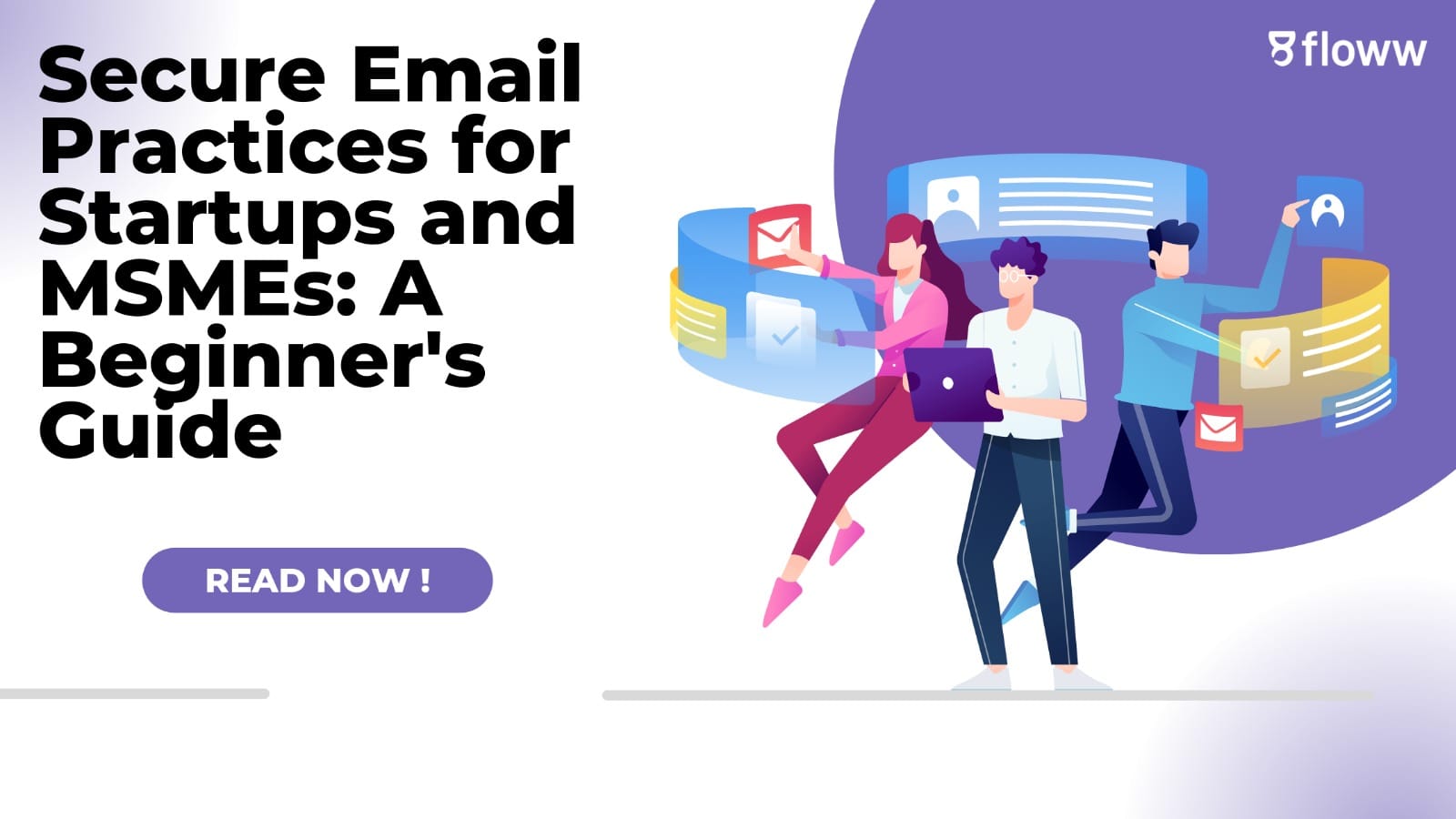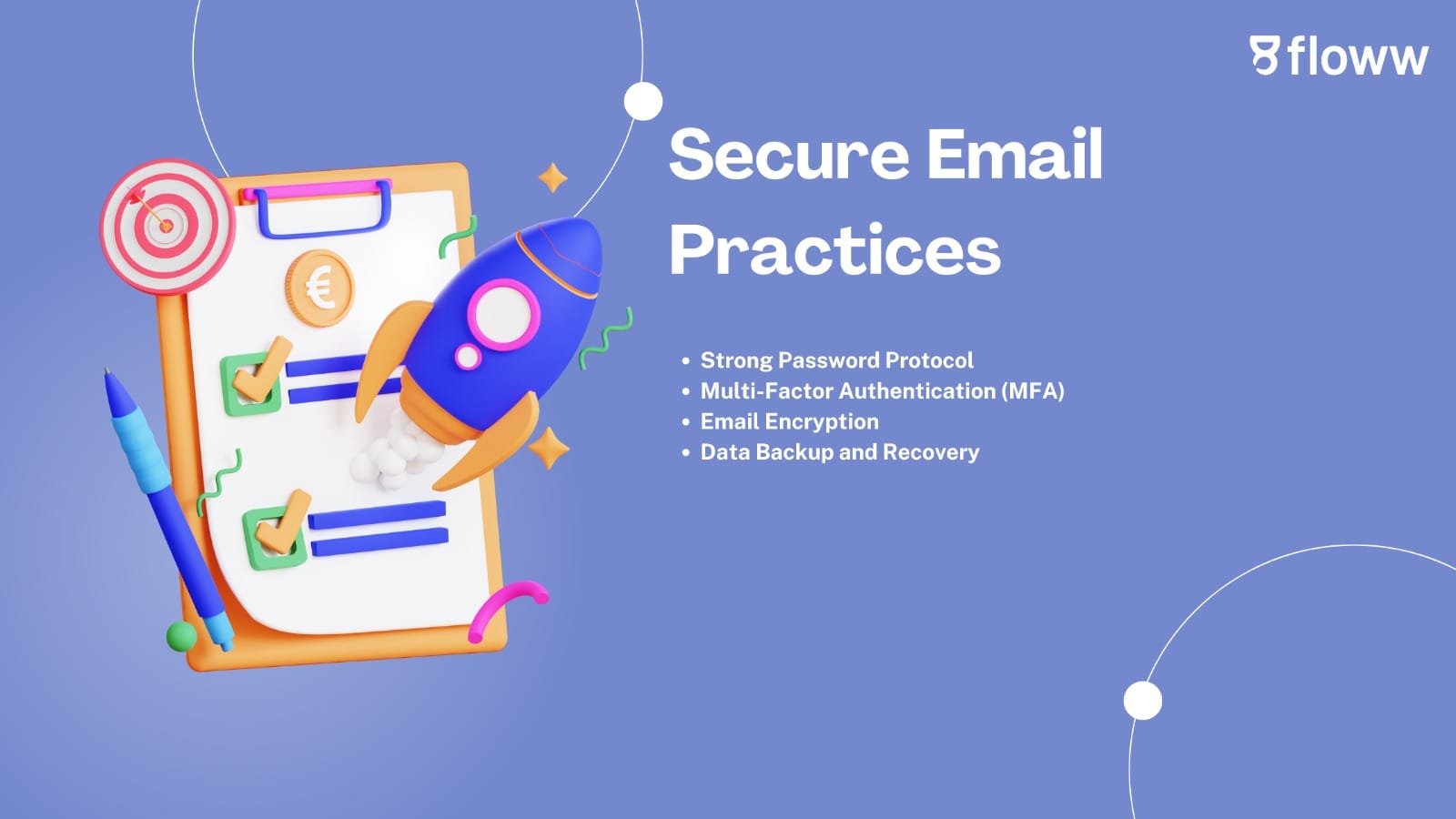Secure Email Practices for Startups and MSMEs: A Beginner's Guide

Introduction
In today's digital age, email remains a cornerstone of business communication. For startups and MSMEs, ensuring secure email practices is paramount to protecting sensitive data and maintaining a strong online presence. This guide will provide essential tips to help you safeguard your business from email-related threats.
1. Strong Password Protocol
- Complex and Unique Passwords: Create passwords that combine uppercase and lowercase letters, numbers, and symbols. Avoid using easily guessable information like names, birthdays, or pet names.
- Regular Password Changes: Encourage employees to change their passwords frequently, following your company's security policies.
- Password Managers: Use password management tools to store and manage complex passwords securely.
2. Multi-Factor Authentication (MFA)
- Enhanced Security: Implement MFA to add an extra layer of protection. This typically involves verifying identity through a second factor, such as a code sent to a mobile device or a biometric scan.
- Popular MFA Methods: Consider using time-based one-time passwords (TOTP), push notifications, or security tokens.
3. Phishing Awareness Training
- Educate Employees: Conduct regular phishing awareness training to help employees recognize and avoid phishing scams.
- Phishing Simulations: Simulate phishing attacks to assess your employees' preparedness and identify areas for improvement.
- Report Suspicious Emails: Encourage employees to report any suspicious emails to your IT department for investigation.
4. Email Encryption
- Protect Sensitive Data: Encrypt emails containing highly sensitive information to prevent unauthorized access.
- Encryption Methods: Explore options like Secure/Multipurpose Internet Mail Extensions (S/MIME) or Pretty Good Privacy (PGP).
- Key Management: Implement secure key management practices to ensure the confidentiality of encrypted data.
5. Regular Security Updates
- Patch Management: Keep your email software and operating systems updated with the latest security patches to address vulnerabilities.
- Automatic Updates: Enable automatic updates to ensure timely application of security fixes.
- Third-Party Software: Regularly update any third-party email plugins or integrations.
6. Data Backup and Recovery
- Prevent Data Loss: Implement a robust data backup strategy to protect your email data from accidental deletion, hardware failures, or cyberattacks.
- Regular Backups: Perform regular backups of your email server and data storage.
- Testing and Recovery: Regularly test your backup procedures to ensure they are effective and can be used to restore data in case of a disaster.

Conclusion By following these secure email practices, startups and MSMEs can significantly reduce the risk of email-related threats and protect their valuable business data. A proactive approach to email security is essential for maintaining a strong online presence and building customer trust.
